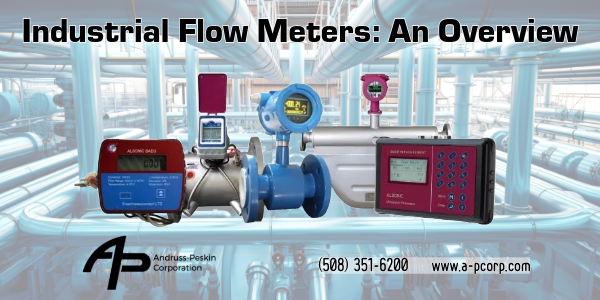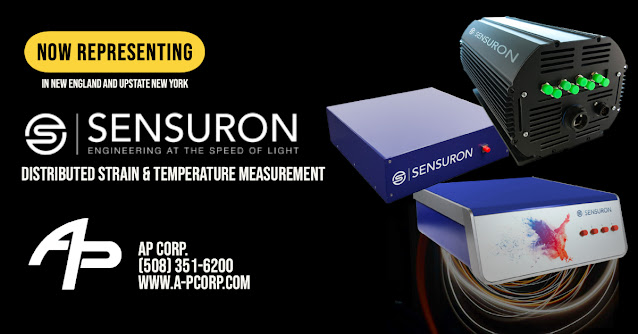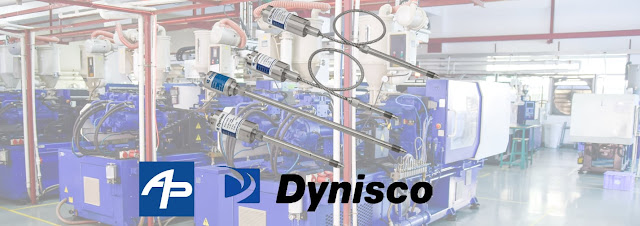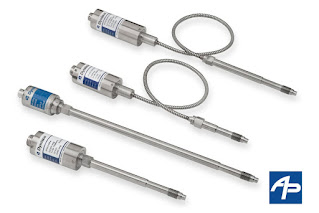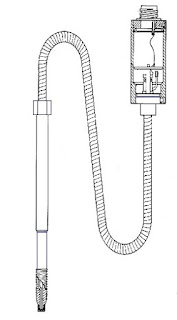If you currently rely on Micro-Epsilon IR sensors, important changes are coming — and acting now can save your systems from costly disruption.
Micro-Epsilon has recently shifted away from its original infrared sensor supplier, Optris, who until now was the exclusive manufacturer of all Micro-Epsilon IR sensors. As a result, long-time users may soon face compatibility issues, software roadblocks, and hardware mismatches. Fortunately, there’s a smart, seamless solution.
Switch to Optris - The Original Manufacturer of Your IR Sensors
By transitioning to Optris-branded sensors, you ensure complete continuity with your existing systems—no hardware modifications, no software changes, and no retraining. It’s the same sensor you’ve trusted without the uncertainty that comes from a new supplier.
- Identical Form, Fit, and Function - Optris sensors are physically and electrically identical to the Micro-Epsilon models — the only difference is the label. Your systems will continue to operate as expected, with no need for design changes.
- No Software Disruption - Continue using the powerful TIM Connect software available only with Optris products. Starting June 30, Micro-Epsilon sensors will no longer support TIM Connect.
- Cost-Effective Replacement - Optris offers highly competitive pricing, often more affordable than Micro-Epsilon’s rebranded alternatives — making the switch a wise financial decision.
- Direct Cross-Reference Available - Easily find your Micro-Epsilon model on the Optris website to identify the exact Optris equivalent. No guesswork. No hassle.
Don’t Risk Compatibility Issues or Software Lockout
Staying with Micro-Epsilon now means switching to a new, unproven hardware/software ecosystem - with added costs, retraining, and risk. Optris lets you maintain the exact performance you’ve come to expect with none of the disruptions.
AP Corp.
(508) 351-6200
https://a-pcorp.com




